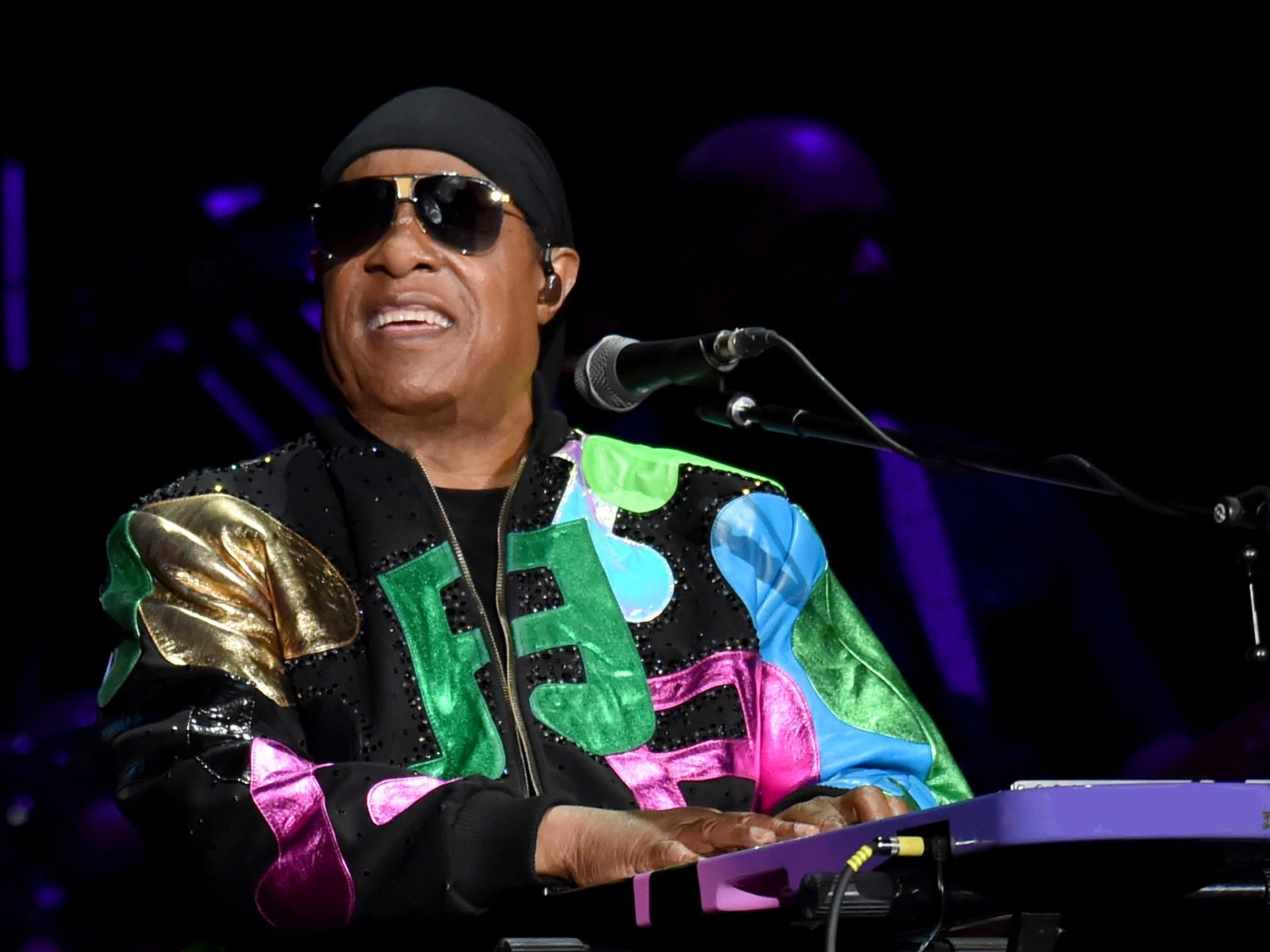
Believe it or not, the United States during the height of the 19th century slave trade, took part in the international effort to end the trans-Atlantic slave trade. From the years of 1819-1861 the United States sent a small squadron of ships to the west coast of Africa to board and seize slave ships plying their trade. The effort was met with mixed results because of various political issues during the time period.
Assignment to the Africa Squadron was considered a horrible assignment for the average sailor. The climate was hot and the areas to patrol near the coastline exposed the ship’s crews to diseases like malaria and yellow fever. However, the benefit for the sailors was the promise of a prize bounty of $25 per African freed to be split among the crew. Seizing a packed slave ship of up to 700 hundred Africans could mean making a significant bounty of as much a year’s salary for an able bodied seaman. As the United States moved closer to the years of the Civil War, the effectiveness of the squadron diminished. Crews were split between the passions of the Northern and Southern states.
The slave trade was big business; a load of Africans that reached the United States could be worth as much as a million dollars to companies that financed these journeys. The penalty for being a slave trader caught at sea carried the death penalty for its officers. But this was rarely the case, of the 36 slave ships seized by the United States Navy during the squadrons 42 years of operation, only one slave ship captain was hanged for his crime. Captives that were freed on the high seas were transported to Liberia, a colony set up by the United States for freed slaves. Captives were not returned to their home nation because of the fear that they would be recaptured.










